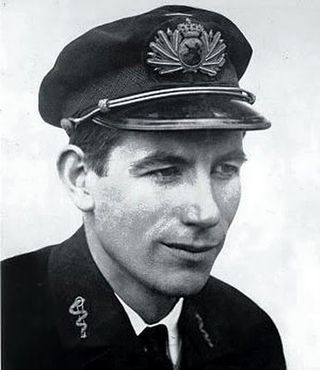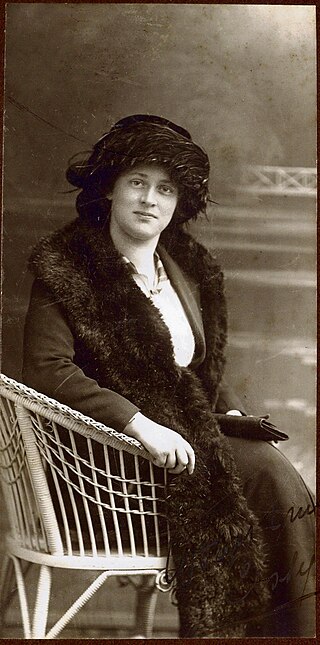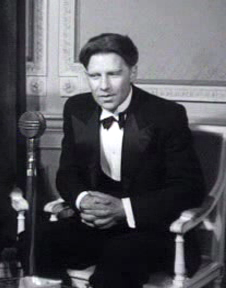
Jan Jacob Slauerhoff, who published as J. Slauerhoff, was a Dutch poet and novelist. He is considered one of the most important Dutch language writers.

Sietske de Haan, better known by her pen name Cissy van Marxveldt, was a Dutch writer of children's books. She is best known for her series of Joop ter Heul novels.

Amsterdam Impressionism was an art movement in late 19th-century Holland. It is associated especially with George Hendrik Breitner and is also known as the School of Allebé.
Brayton Biekman is a Dutch footballer who plays for Tweede Klasse club SV Houten.

The Tars or De Jantjes is a 1934 Dutch comedy film drama directed by Jaap Speyer. The film was a remake of the 1922 film of the same name, which itself was based on a 1920-play by Louis Davids and Margie Morris.
De Vier Mullers is a 1935 Dutch film directed by Rudolf Meinert. A separate version Everything for the Company was produced, also directed by Meinert.
Op hoop van zegen is a 1934 Dutch drama film directed by Alex Benno after the 1900 play by the same name by Herman Heijermans.
't Was één April is a 1936 Dutch film directed by Douglas Sirk and Jacques van Tol. It is a lost film.
De Familie van mijn Vrouw is a 1935 Dutch comedy film directed by Jaap Speyer.

The Crosspatch is a 1935 Dutch film directed by Henry Koster and Ernst Winar. It is based upon the German three-act play "Willis Frau" by Max Reimann and Otto Schwartz.
Op een Avond in Mei is a 1936 Dutch comedy film directed by Jaap Speyer. Shot in black-and-white, the film length is 2082 meters.

De Spooktrein is a 1939 Dutch horror film, directed by Carl Lamac.

Willem van der Veer was a Dutch film actor of the silent era. He appeared in 32 films between 1913 and 1937.

Johan Coenraad "Coen" Hissink was a Dutch film actor of the silent era. He appeared in 25 films between 1914 and 1942. He also wrote short stories and books about controversial topics such as homosexuality, prostitution and cocaine. During the Second World War, he became a member of the resistance. He was interned at Neuengamme concentration camp in 1941 and died there in 1942.
Paula de Waart was a Dutch film actress of the silent era. She appeared in 24 films between 1915 and 1935.
Emmy Heil Frensel-Wegener (14 June 1901 in Amsterdam – 11 January 1973 in Laren was a Dutch violinist, pianist, poet and composer.
Leon Broekhof is a Dutch former professional footballer who played as a centre back.

A. den Doolaard is the pseudonym of the Dutch writer and journalist Cornelis Johannes George (Bob) Spoelstra Jr.

Voetbalvereniging Smitshoek is a football club based in Barendrecht, Netherlands. It was founded in 1960. It plays its home matches at Sportpark Smitshoek.

Omroep Zeeland is a public broadcaster located in Zeeland, Netherlands. Founded in 1988, the media organization is active in television, radio, and internet. The audience is on average slightly older than that of the other Dutch regional broadcasters.











